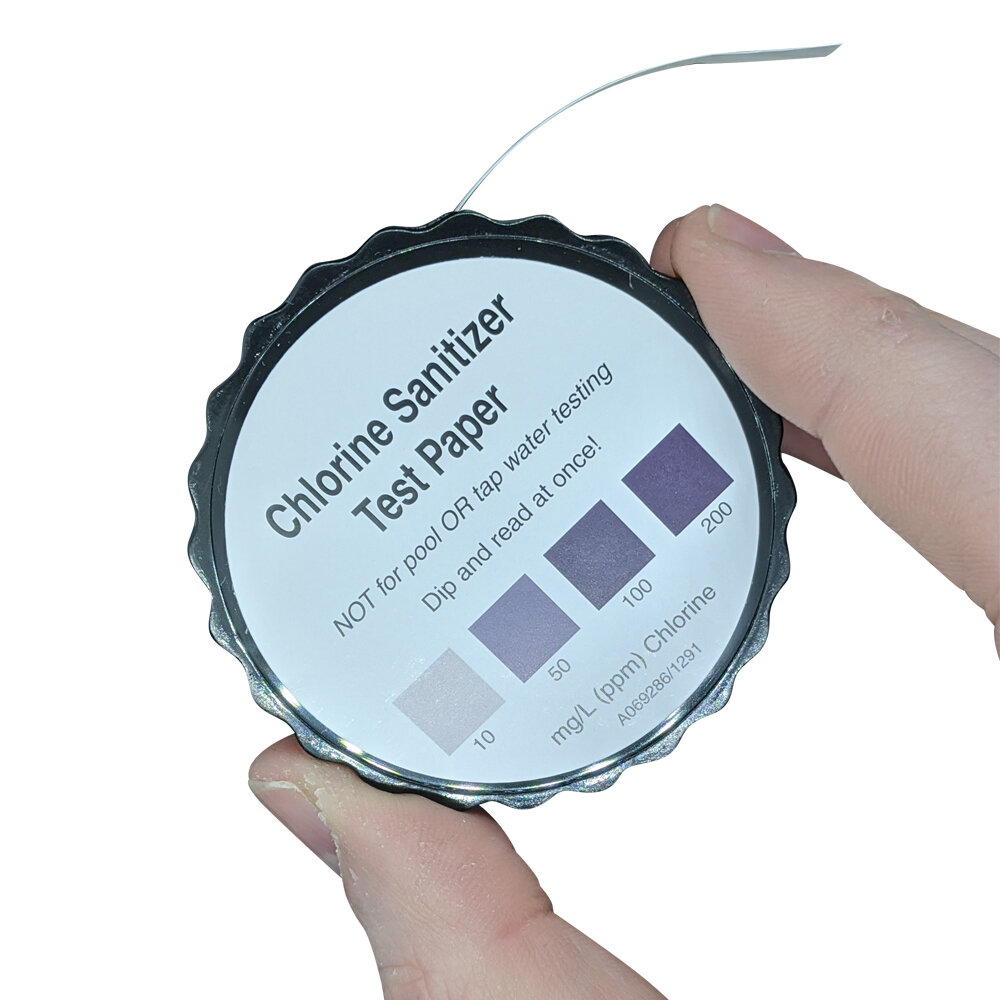
For example, milk which is oil in water emulsion can be diluted with water, but butter which is water in oil emulsion cannot be diluted with water. If the emulsion is o/w type and it is diluted with water, it will remain stable as water is the dispersion medium. In this test, the emulsion is diluted either with oil or water. Water in oil type emulsion spread on the surface of oil but not on the surface of the water. If electrolyte like NaCl is added to oil in water type emulsion, its conductivity increases greatly. The basic principle of this test is that water is a good conductor of electricity. In the case of o/w emulsion, this test will be positive as water is the continuous phase. The viscosity of water in oil type emulsion is more than the viscosity of oil in water type emulsion. Similarly, if an oil-soluble dye (Scarlet red C or Sudan III) is added to an emulsion and the continuous phase appears red, then it is w/o emulsion. If the scattered globules appear red and continuous phase colourless, then it is w/o type. If the continuous phase appears red, it means that the emulsion is o/w type as water is in the external phase and the dye will dissolve in it to give colour.

In this test, an emulsion is mixed with a water-soluble dye (amaranth) and observed under the microscope. Methods of Identification of Type of Emulsions:

Water-insoluble soaps such as those of Zn, Al, Fe, alkaline earth metals are used as emulsifiers.Addition of small amount of electrolyte does not make emulsion conducting.If water is added it is not miscible with the emulsion.If oil is added it is miscible with the emulsion.Water is the dispersed phase and oil is the dispersion medium.Characteristics of Water in Oil Emulsions: The emulsifier is dissolved in oil and water is added to it drop by drop with continuous agitation. Cod liver oil in which particles of water are dispersed in oil, Cold creams. In this type of emulsions, water is the dispersed phase and oil is the dispersion medium. Basic metal sulphates, water-soluble alkali metal soaps are used as emulsifiers.Addition of small amount of electrolyte makes emulsion conducting.If oil is added it is not miscible with the emulsion.If water is added it is miscible with the emulsion.


Types of Emulsions and Their Preparation: Soaps, Detergents, Lyophilic substances like gelatin, gum etc. Emulsifier forms a protective layer around disperse phase droplets and prevent coagulation. This third substance is called Emulsifying agent or Emulsifier. To obtain a stable emulsion a small quantity of third substance is added along with two immiscible liquids. The liquid in excess is the dispersion medium and the liquid which forms droplets or globules is the dispersed phase.Įmulsions of oil and water are unstable and sometimes they separate into two layers on standing. Generally, one of the two liquids is water and the other which is immiscible with water is designated as oil. Milk, cod liver oil, oil paints, vanishing cream, cold creams, etc. Trending Questions What pressure will be exerted by 2.01 mol hydrogen gas in a 6.Science > Chemistry > Colloids > EmulsionsĪ colloidal system in which both the dispersed phase as well as dispersion medium are immiscible or partially miscible liquids is called an emulsion.


 0 kommentar(er)
0 kommentar(er)
